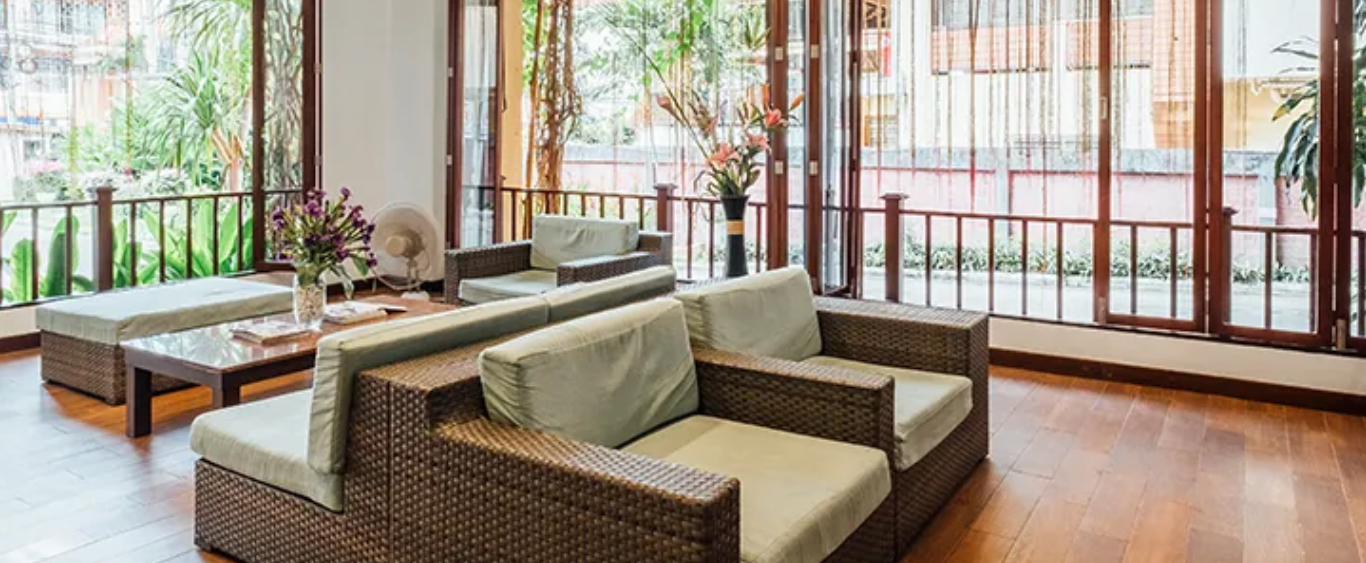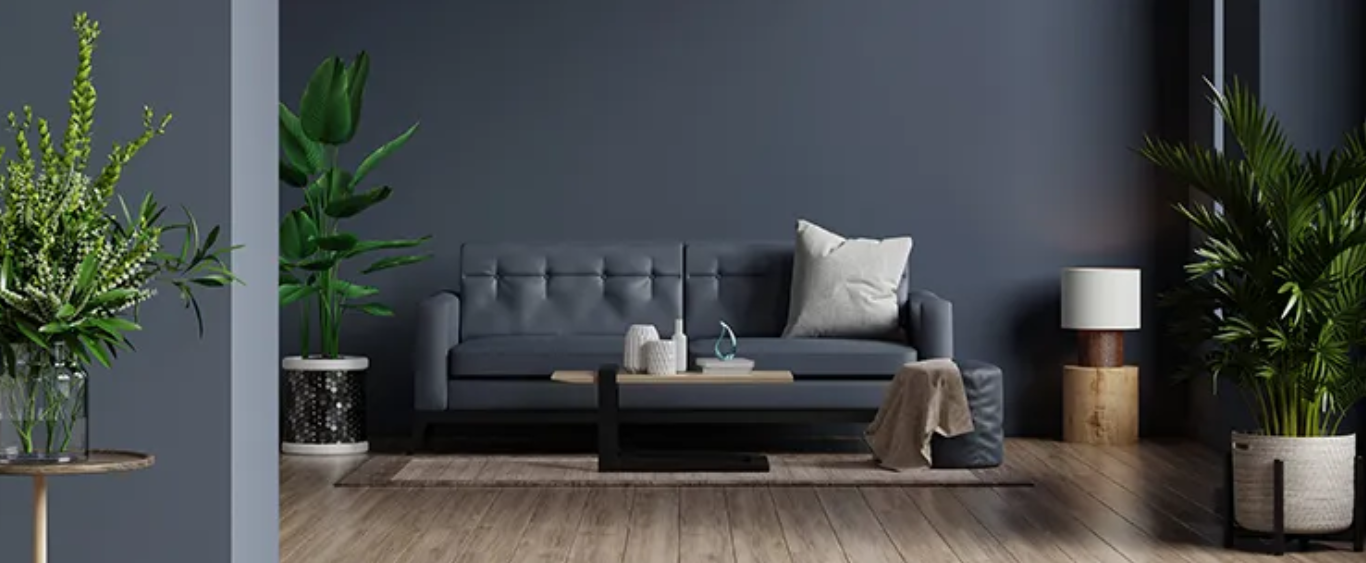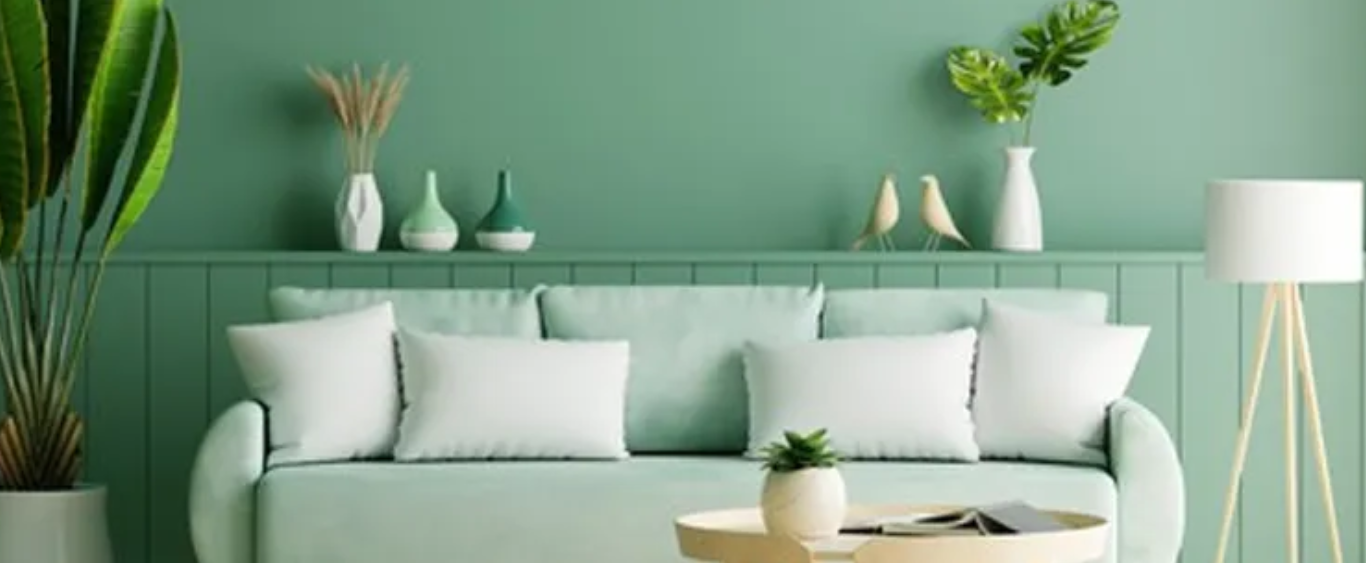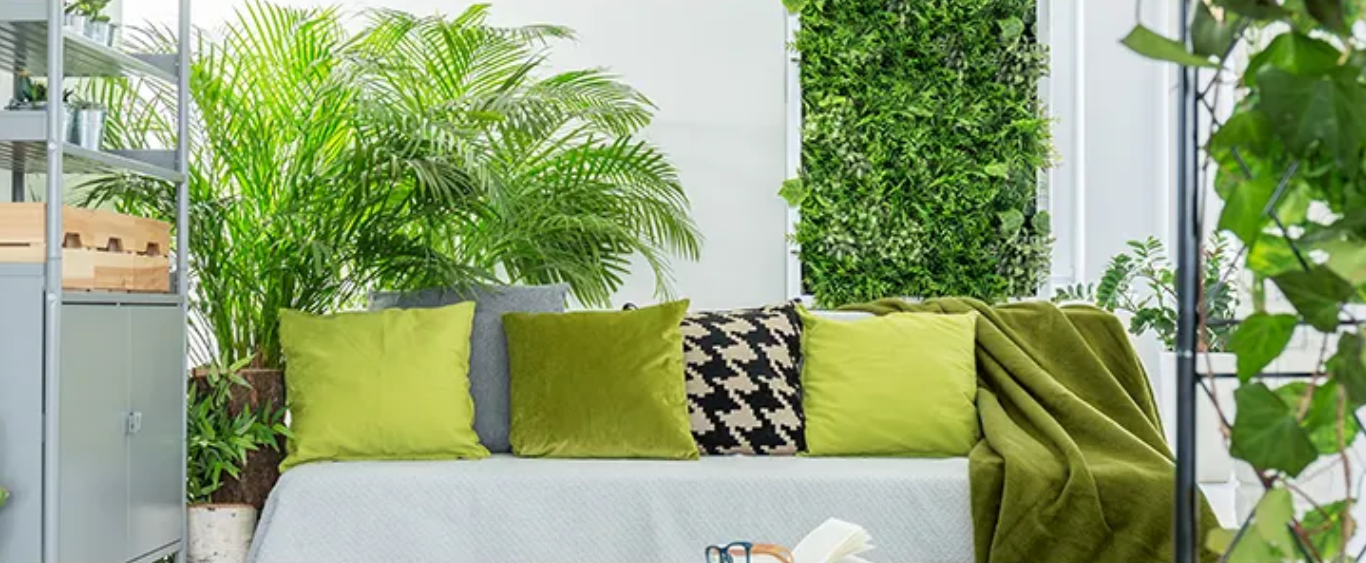Green buildings have created new benchmarks for housings projects and have proved that luxury and sustainability can go hand in hand with optimization of natural resources. The implementation of green buildings can help address national concerns including water efficiency, energy efficiency, reduction in fossil fuel use, handling of consumer waste and conserving natural resources. According to estimates by The Energy and Resources Institute (TERI), if all buildings in India’s urban areas were to adopt green building practices, India could save more than 8400 megawatts of power, which is enough to light 5,50,000 homes a year.
Green buildings focus on Eco-friendly initiatives including Zero Discharge, Rain Water Harvesting and Solar Heating. All measures taken in the design of a green building highlight its Eco-friendliness. Efficient use of resources and cost-savings are key benefits of green buildings. They are known for implementing state-of-the-art construction materials and innovative conservation practices. Green buildings are characterized by reduction in water and energy consumption from day one of occupancy, enhanced air quality, use of natural lighting, and significantly decreased CO2 emissions to minimize any carbon footprint. Great care is taken to reduce, reuse and recycle natural resources.
Green buildings strive to be as energy efficient as possible – from the choice of the envelope materials, to the design of the electrical layout and the choice of the star-rated electrical fittings. The choice of glass as well as the insulation of the terrace with a low U-value material reduces the heat transfer into the building by a great margin. Green buildings use cutting-edge technology and materials such as Pilkington Glass which offers high levels of natural light, noise control, thermal insulation and fire protection – all without compromising on strength and stability. This high-grade glass keeps residents cool in summer, warm in winter and reduces monthly energy costs. A solar panel system reduces the reliance on electricity from the grid. Even during excavation, all top soil can be preserved, which is later used in landscaping, owing to its high fertility.
An important aspect of green buildings is the location. The layout within a location is one of the most fundamental aspects of the entire project. By selecting a location with optimum surroundings, sun exposure and air quality, we can enhance a building’s sustainability and biodiversity. The air quality in the area surrounding a green building is noticeably less polluted due to abundant greenery and strategic landscaping. The layout of a green building is enhanced for optimum sun exposure so residents get the full benefit of natural daylight throughout the day.
Green buildings also result in higher living standards and productivity. The impact of green buildings on our quality of living has become much more apparent in recent years. Green buildings are designed to be healthier and have a more enjoyable environment, which leads to reduced stress and higher productivity.
Overall, green buildings result in the increased health and well-being of the residents, safety benefits and conservation of vital resources.
Recommended blogs







